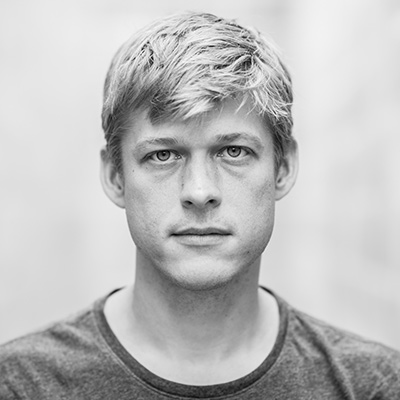Prelude
Peter Burr is an artist from Brooklyn specializing in animation and installation. Using computer animation to create images and environments that hover on the boundary between abstraction and figuration, Burr has in recent years devoted himself to exploring the concept of an endlessly mutating labyrinth. Existing as stand-alone pieces, much of his work is also in the process of expanding into a video game through the support of Creative Capital and Sundance. Previously, he worked under the alias Hooliganship, and in 2006 founded the video label Cartune Xprez, through which he produced hundreds of live multimedia exhibitions and touring programs showcasing a multi-generational group of artists at the forefront of experimental animation. Here he discusses ways to stay healthy as a creator, what it means to make art in the digital realm, and the plant-like possibilities of games.
Peter Burr on engaging honestly with the world
Art, Games, Process, Inspiration, Independence
From a conversation with Brandon Stosuy
January 29, 2018
You’re making art on a computer, so you could technically work from a house or apartment. You have a studio, though. Is it a space thing?
It’s not a space thing. It’s totally a mental health decision. That white desk over there [points]—I carried it over from my apartment, because I’m just a 10-minute walk away, so then my programmer could sit in my space. There have been times when I have worked from home. But I find that actually leaving the space where I sleep and live and where things are maybe softer and messier is really mentally helpful.
My top priority in a space is that there’s good sunlight. There’s a way that I think about myself as a plant, where I try to drink a lot of water during the day; I try to make sure that I’m near a window. Also, I have this view to Queens, so I can do that thing where I’m staring at my screen and once in awhile, I don’t even have to think about it, I naturally just look out the window. It’s good for my eyes. It’s also really epic to look across the canal at the buildings.
As an artist who works on a computer, you’re sitting down all the time. I know you’re into rock climbing. I’m curious about how something like exercise fits into your practice and helps you avoid burning out.
The opposite of looking out the window is looking at Twitter or something, right? Looking out the window, you’re looking out at the vast world. The thing that I would put primary in front of even something like rock climbing is that I’ve always been a bicyclist; since I moved to New York City, because New York City is actually a pretty small city geographically, I can bike around the whole city in a couple of hours. I usually don’t go that far, so it feels really accessible.
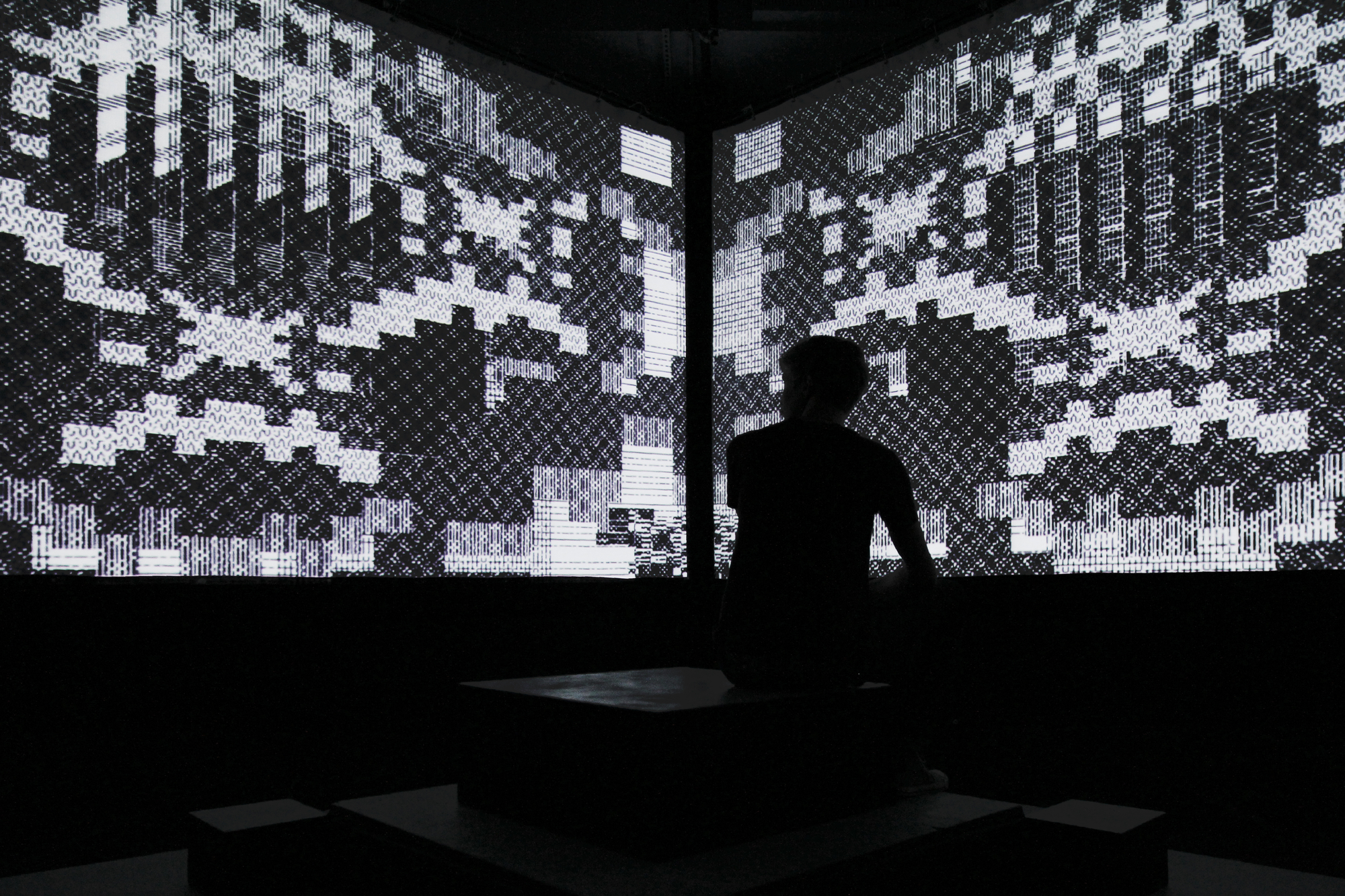
I live in Greenpoint. I live in a part of the neighborhood that’s a public transit graveyard. But I’ve found this skeleton key that not only makes it easy to navigate the city, but it’s also really physical, really visceral, sometimes really uncomfortable. It’s different than the comfort of being in my studio working in my imaginary universe.
Whenever I have the opportunity to leave the city, maybe just to go to a festival or to give a lecture somewhere or even just to visit a friend, I always try to make sure to find ways to engage in a big natural environment, whether that’s to climb a mountain or even just to do something simple, like walk a few miles to a river.
It’s just a good life habit to cultivate. I feel my body aging. It feels a lot more fragile than it was 10 years ago. It feels different, and part of that is because I’m doing things like biking and rock climbing, and maybe I don’t quite stretch enough. It’s this real contracting energy… but it’s nice. I’ve found that engaging with the world and feeling strong and feeling a source of energy that’s derived from something that I’m physically doing is holistic.
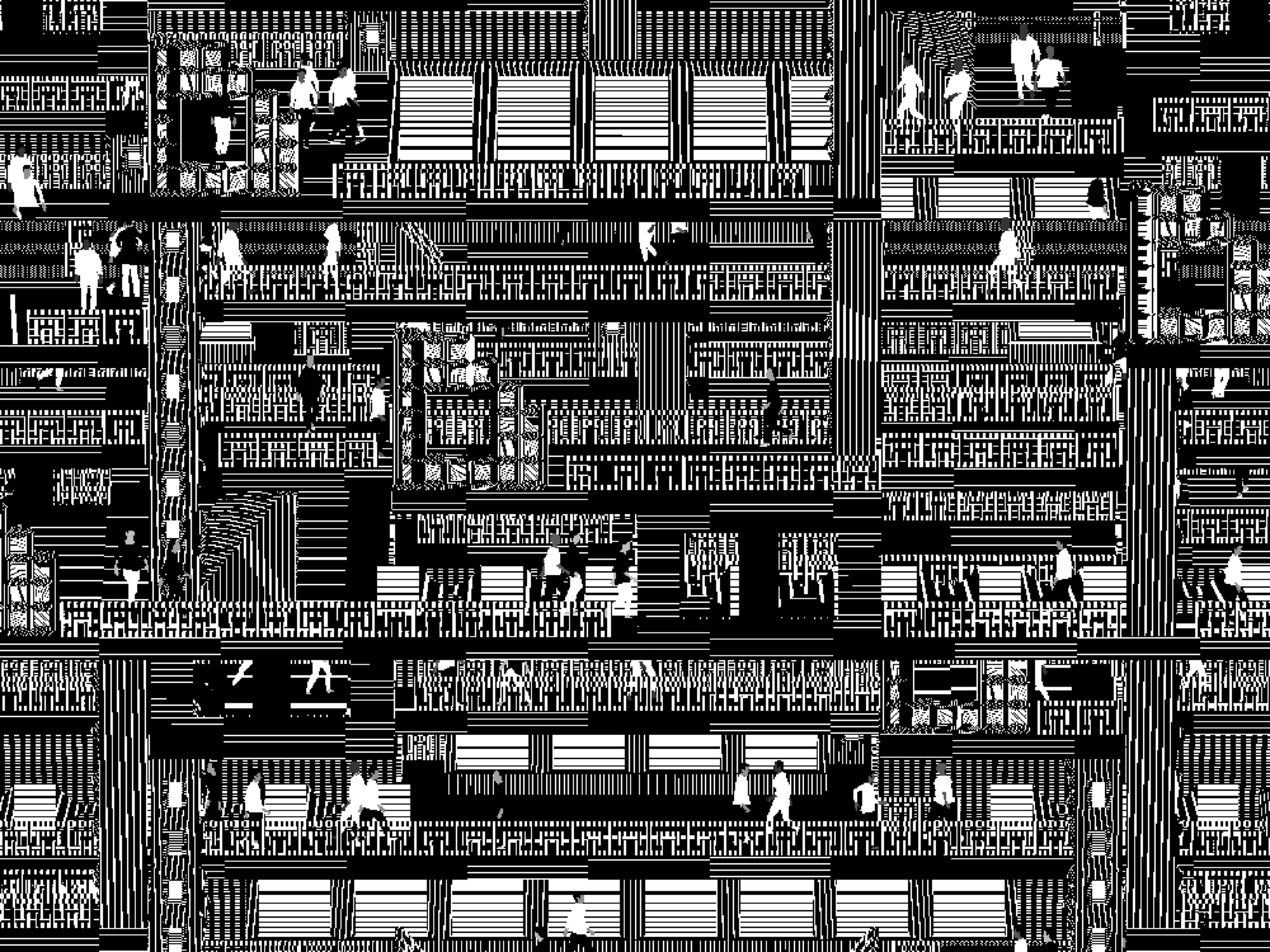
You make viruses, you make games, you make projections. If you had to describe what you do to someone in an elevator, how would you explain it?
Lately I’ve been having these fantasies of getting a big architectural drawing table, the ones that kind of angle and have those built-in mechanical rulers. I was like, “Oh, I really want to make some drawings.” So that throws away the whole idea of “I’m a digital artist.”
I feel like the best or the easiest way to frame what I’ve been doing lately is: I’ve been interested in experimental animation for a long time. I come from a background of painting and drawing. As I was studying art in my late teens, early 20s, I discovered the power of the internet and digital tools for translating image-making into something more, and it just exploded from there. When I was studying art practice, the computer became exciting as a new tool for sculptural practices. It became this interesting way to explore how to approach something that is known or legible and blow it out.
These days when I meet someone in an elevator, I tell them, “I’m making a video game,” but I don’t know—lately, I’ve been confronting that. I’m at this point now where I feel like I’m past the halfway point, I’m in the middle of it, and I realize as I’m pushing further and further into this, it’s like, “God, this video game is turning less and less into a video game and more just into interactive art or something just more unknown.”
I wish I had a good elevator pitch. Fortunately, I don’t live a corporate life, so I don’t have to do that.
Do you think the desire to return to doing drawings could be a way of removing yourself from a screen, or just wanting to go back to where you started?
One nice thing about making a drawing is that it’s tangible, it’s understandable, it’s comprehensible. You can see the whole. As an object, it’s pretty straightforward. As a practice it’s pretty straightforward, too—the idea of sitting down with a ruler on a table and some pens and a piece of paper. That feels comforting, but also, the process of being in a digital environment all day, every day, it does feel a little bit toxic. Drawing is the same way, though. When I draw for long hours, my hand is cramped up. That can be taxing as well. I think that there’s things that people need to do to make sure that they don’t just get destroyed.
Honestly, one of the unique challenges of making digital work is that I don’t use any of those apps to turn off the internet or anything. Oftentimes, searching for images and reference points and inspiration actually becomes part of the toolset. As I’m making stuff, it’s like, “Oh, whoa, whoa, whoa.” Lately, I’ve been designing a lot of user interface graphics, and I create these documents that are these huge reference points for what it is that I’m interested in. It becomes this huge thing, but then also lurking there is Amazon and eBay and Facebook and Google and all of these other forces. I have AdBlocker on, so it’s a little bit less chaotic maybe.
That being said, I notice that since I’ve really leaned into this style of making work, the work I’ve been making has gotten more and more dystopian, in part because there’s a real power in
using the computer. We’re totally being showered by these streams of media, and this is a nice way that we can kind of reverse that and actually be a producer. It’s never going to be as powerful, but there’s still something really cathartic about doing that.
That always makes its way into the themes of my work. I always try to strike a particular emotional chord with that stuff, and oftentimes, emotionally, the space that I’m in is frustration. There’s this way that the internet
looks these days where it’s just really hard to avoid feeling like this powerful structure is trying to conform you into a particular unit.
People waste a lot of time on computers. When you’re searching online, and making work with a computer, how do you stay efficient?
The thing that works best is having an ambitious deadline, because then there’s fear in my heart and I’m like, “Okay, I really have to do this.” There’s a kind of stress or anxiety that motivates. I make small checkpoints and have small goals. Every day when I come back to my studio, there’s at least a portion of the day that’s just about grinding out something that needs to be done. Right now I have hundreds and hundreds of these poetic little fragments of text that are populating this world, and I just need to get those into place. I want to try to get like 100 of these in place today. They should take me two or three hours, and then at least I have something.
When you first started, you were part of an anarchist bookmobile. Have you ever had the issues of “I don’t want these things I make to be related to the more dubious structures of the art world”?
As a general way of existing in the world, I try not to be strict about the rules that I have. I think it’s nice to have intentions and to have larger senses of goals, but to have a rigid scaffold that structures life feels a little suffocating to me at this point. I’m thinking about politics, or my philosophies for social organization. Coming out of university and finding a queer anarchist community was liberating, and it was good medicine for my life. It was a good antidote.
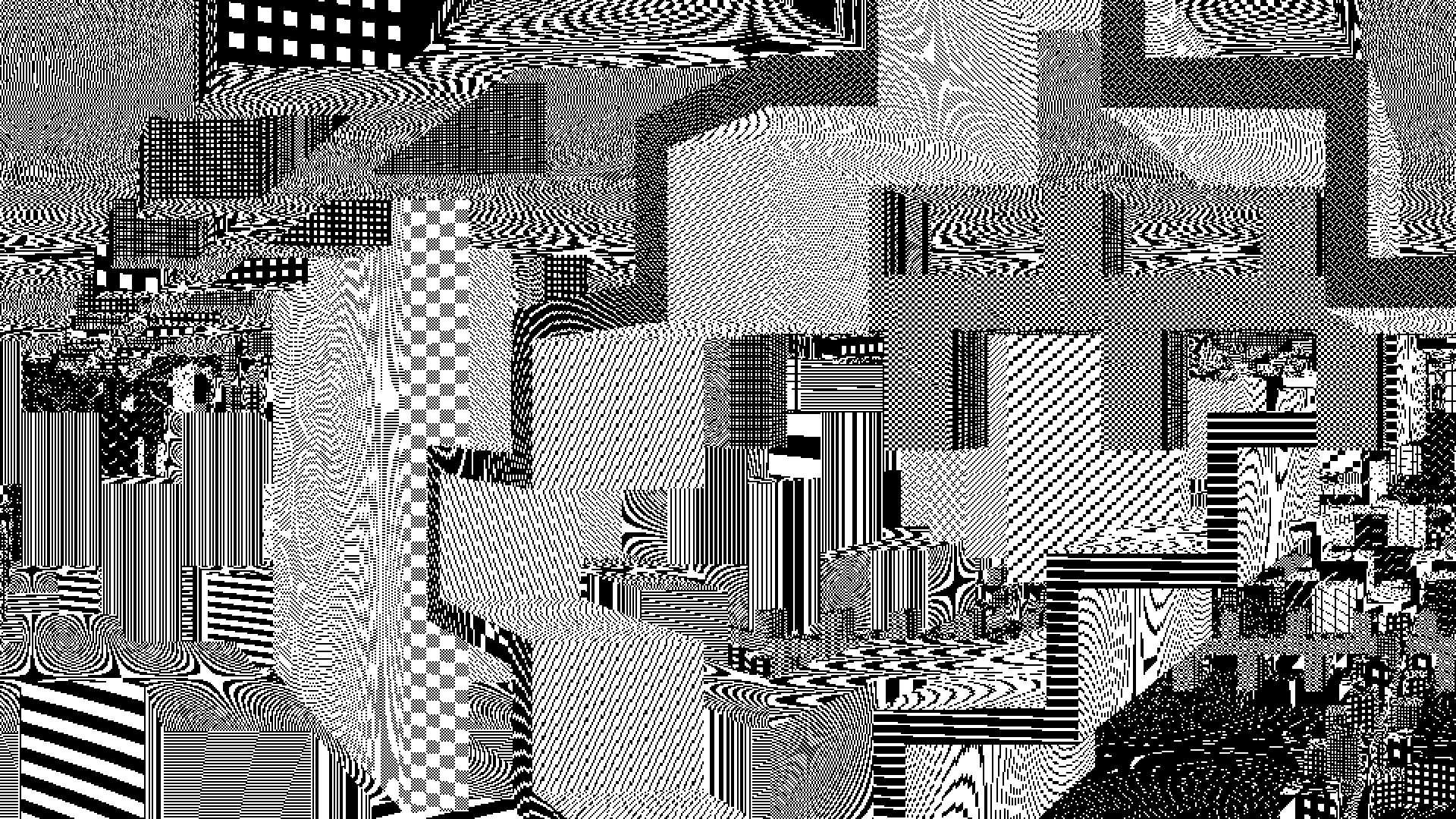
It’s easy to see the effects of capitalist America and different corporate entities that are operating with rational economic and more dubious means and intentions and the way that that plugs into desire. Desire is an easy thing to manipulate in people—beauty, too. I think that’s something that also relates to my practice. I can always find a way to make my work more beautiful, but why is a good question to ask myself. It’s not a statement. It’s like, “Why would I make this more beautiful? Should this be more beautiful?“
Seduction is a powerful tool. As a visual artist, you see the way that things are branded, and then you see the way that those around us have affiliated and aligned themselves and how that affects the work that they’re making; not only the way that I as a bystander interprets their work, but what the core of their work is. I would never quote any kind of fundamental anarchist philosophy here, but there is a way that staying outside of a money-driven or power-driven intention helps me align my decisions with things that feel a bit more meaningful in that way.
I’m sort of avoiding the question, because I’ve never considered myself an anarchist,
but I guess the most practical way that I can understand that question right now is: My art practice doesn’t comfortably support my life. Economically, it doesn’t. But, I live in New York, and there’s always these freelance hustles and ways to align myself with more lucrative or powerful decisions. But I’ve put that in a place to make it harder to erode the time and the energy I put into my work. Part of that is connected to those philosophies around independence.
I always
want
to make sure that the work that I make is scalable, so it can rock out in a basement, or it could rock out at MoMA. I want to make sure that the thing that I’m making can operate in a few different ways.
How important is it to you for people to experience your art in a communal setting?
For a long time, I’ve been interested in having an appendage of my practice be able to be home entertainment. One thing that’s
messed
that up is the prevalence or the power and reach of internet services. On one hand, the kind of work that I make doesn’t look good with contemporary video compression codecs for web streaming, so that’s just a bad place to see my work.
But
then
also, when I used to run this, I still operate this platform called Cartune Xprez, but when I used to be really active with it, part of the way that I could be active was by putting out a DVD every two years and going on tour; on one
hand,
giving
that to hosts and people that would put on the show but then also to sell it, so there was a way to keep the engine lubricated.
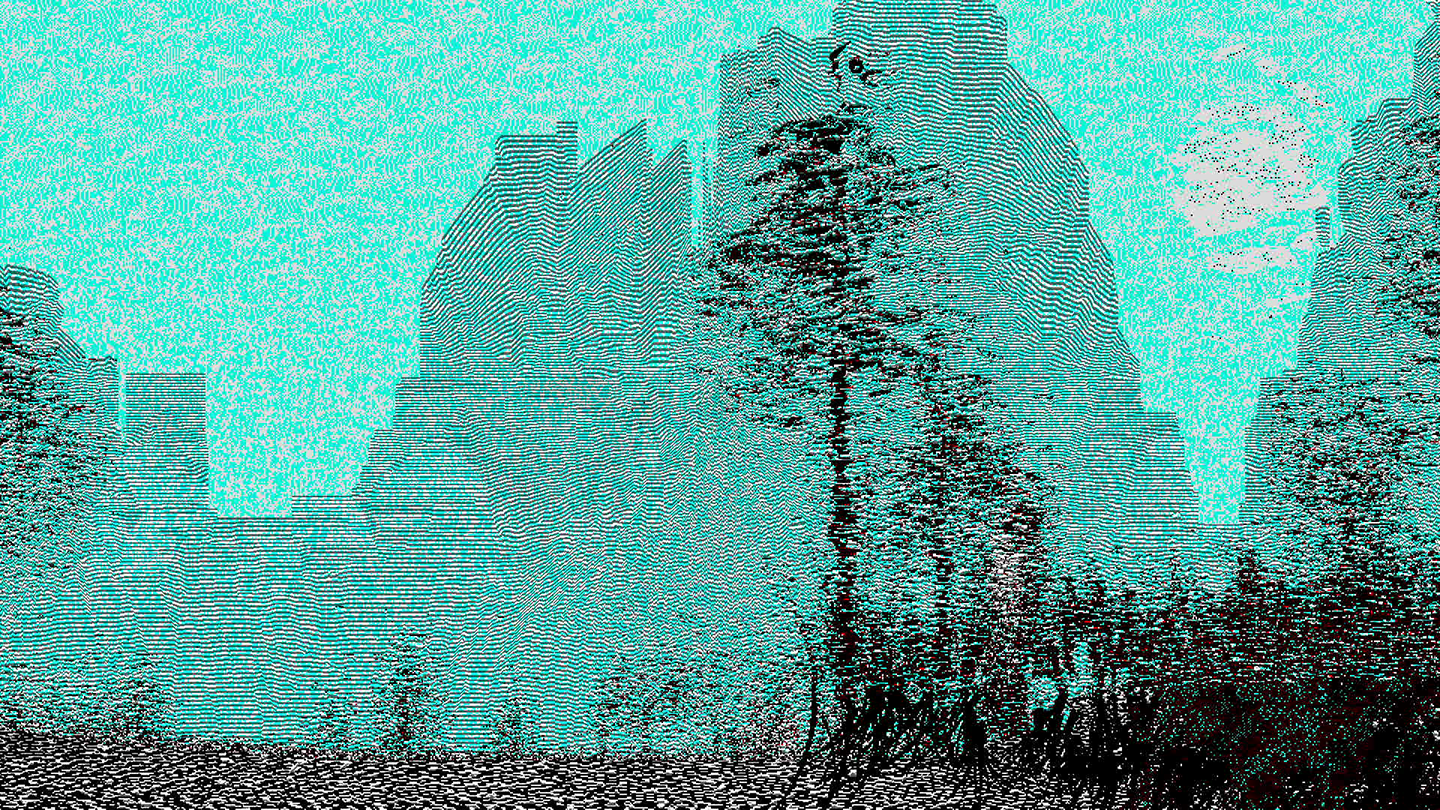
Now with the internet, I remember before Netflix had really heavy streaming and when they were first introducing that, I had a sub-distributor that got our DVDs onto Netflix. I remember when the contract to be part of their streaming service came, it was just like, there’s no way I’m doing this. Financially, this doesn’t make any sense, and I can just take my work on tour and do it that way. Why don’t I just do that? Because the way that things have gone, I haven’t had that aspect of my practice where there is home entertainment, so it does become important to see my work in a theater or a museum or at a gallery. Consequently, when I think about those social spaces, I always try to make work that engages the fact that these are social spaces. That makes its way into the heart of the work a little bit.
You were saying the video game is becoming less of a video game. When it’s done is it going to be more of an art piece?
Primarily, it’s going to be an art piece because that’s the background that I come from. I
think
the
culture of gaming is interesting because when you look at the history, that platform, or even that word “video games,” there’s such an infrastructure required to make a video game. So, historically, by necessity, it was a business
venture.
The
early pioneers in game development were businessmen. It’s very different than drawing.
When I think, “Okay, I’m making a video game,” there’s an economy to that. I notice that there’s a way that if I can make my thing feel like a
video
game, it could be written up in video game journals or sold in a video game selling store. It’s like it can operate or camouflage as this thing to play, a novelty or whatever. I’m interested in that because I don’t think that has to
negate or
shut down a richness or depth.
There are so many examples of amazing, touching, impactful games, but as I’m going into it and making sure that my compass is not an economic one, I’m realizing, “Oh fuck, this is feeling less and
less
like
a video game and more and more like I don’t even know what it is.” That could just be indicative of the point and the process that I’m in, where I have the core of the thing and the form could be so many different things. I’ve never made
a
conventional video game before. I know how to make films. I know how to make these performances or installation experiences. I know how to make computer viruses, but yeah…
Games are interesting because they need our touch to
live.
We
need to keep them alive, like a plant, you need to water it. I’m trying to figure out an interesting way to do that. There’s a way that people talk about games where fun is really important, like games should be fun, and you never hear
that
in
painting or drawing or even performance art. Performance art is never fun. [laughs]
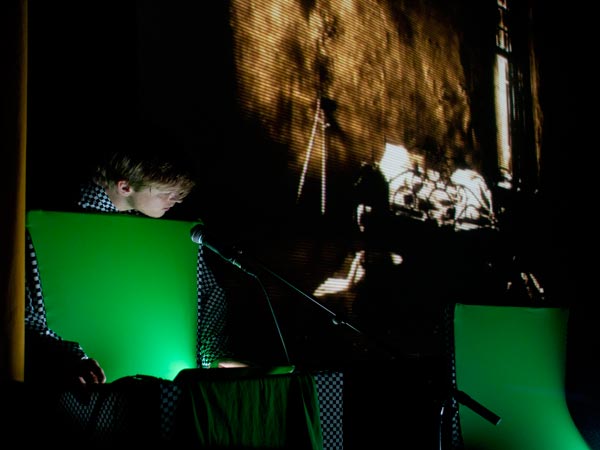
Have you ever gotten deep into something, realized it’s not working, and abandoned it?
Lately, this has really been haunting me, but I’ve made amends with it. My last year at university, I was supposed to make a
thesis
project. I had to storyboard it. This was in the early 2000s. Our university didn’t have a green screen. I procured a green screen for the university and shot this green screen film that was going to have all these animated backgrounds.
It
was
going to maybe be like 15, 20 minutes. I just never finished it. I worked on that for my last year. It was my thesis project. I just never finished it, in part because I got in over my head, but also because I didn’t really know what I
was
doing.
That’s still true. Everything that I make when I start working on it, I always want there to be an aspect of it where I don’t know what I’m doing. Otherwise, what’s the point of getting into it? It freaks me out,
but
also,
I mean, that was like 15 years ago. Actually, it took me maybe 10 years to finally accept that I’m not going to finish that.
Now, though, I think about making work like I’m a termite that’s gnawing through this long tube of
wood,
and
that wood is a lifelong art process. I’m rarely ever like, “Okay, I’m going to make Indiana Jones now. Okay, I’m going to make Jurassic Park. Okay, now I’m going to make Schindler’s List.” I’m not precious about it. It’s this
ongoing
process.
So let’s say I get to a point with this project where I’m like, “This just isn’t working and I’m done.” Well, I’ve still generated so much work that’s come from so much previous work and that’s connected to so much
future
work, it’s like ending a specific output is not a big deal. It’s all just material that’s being generated from one practice, from one journey.
Some Things
Peter Burr recommends:
- Takashi Ito - Spacy - 1981
- A Dark Room- Michael Townsend, Amir Rajan - 2013
- Reset- Granular Synthesis - 2001
- The City in the Image of Man- Paolo Soleri - 1964
- Invention for Radio No.1: The Dreams- Delia Derbyshire & Barry Bermange - 1964
